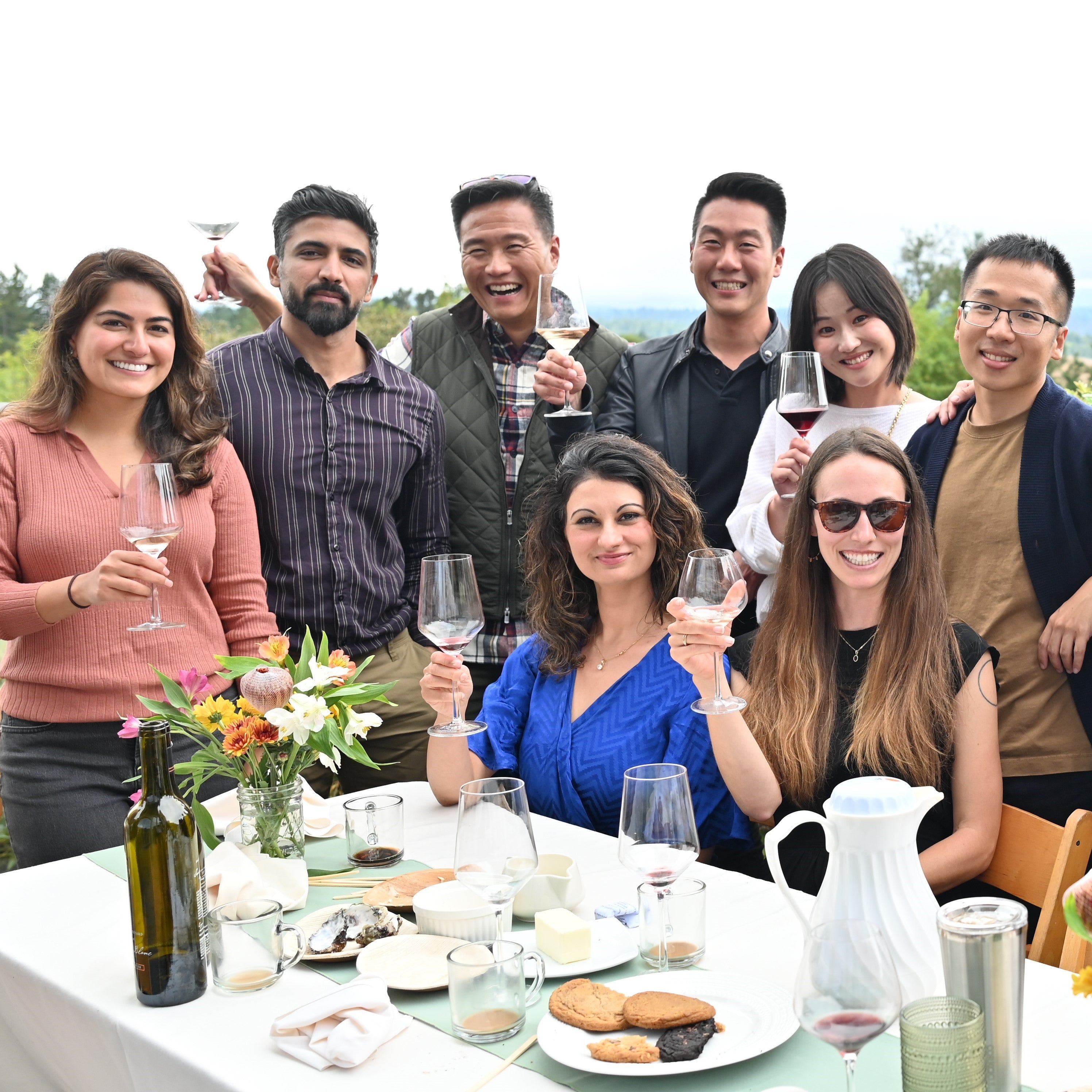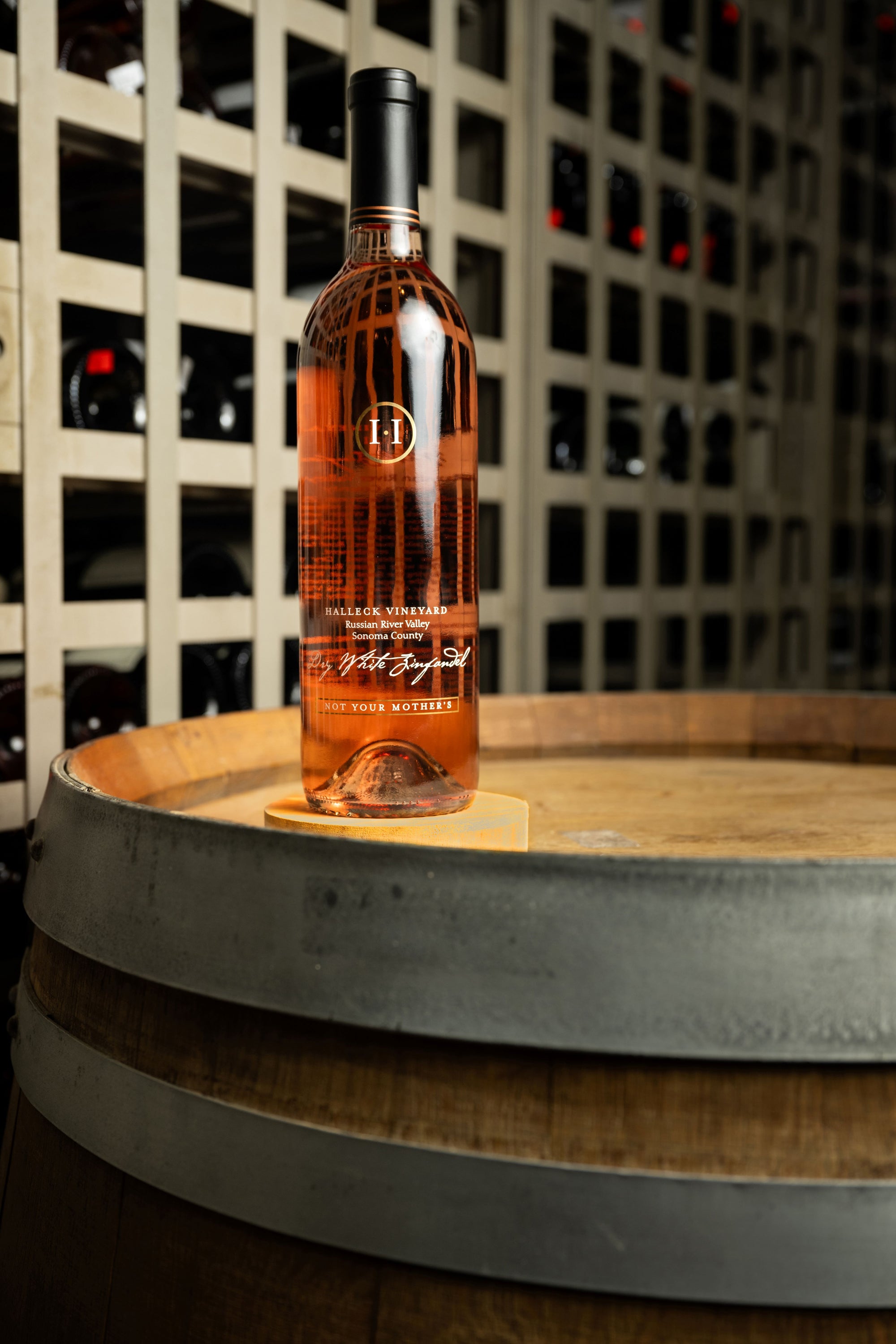Wine Tasting Trails In Sonoma Valley - Exploring Sonoma's Wine Landscape
Wine Tasting Trails In Sonoma Valley - Exploring Sonoma's Wine Landscape
Blog Article
Wineries With Outdoor Seating - Best Wineries In Sonoma For A Wine Experience
Wine tasting is an art that combines sensory experience with an appreciation for the nuances of different varietals. How to evaluate flavors in winery wine tasting classes is pivotal to grasping the complexities of wine.
Partaking in a wine tasting involves more than simply sipping and savoring. It requires a centered strategy to determine aromas and flavors that every wine presents. As you start, observe the wine's appearance, noting its colour and clarity. These visible cues typically counsel a wine’s age, grape variety, and even potential flavor profiles.
The next step within the tasting process is to swirl the wine in your glass. This action releases aromatic compounds that are very important for evaluation. Lean in and take a second to inhale deeply; the aromas can vary from floral and fruity to spicy and earthy. The nostril of the wine is simply as necessary as the palate, and recognizing scents performs a big position in understanding the overall experience.
When taking your first sip, allow the wine to move throughout your palate - Family Friendly Wineries With Outdoor Spaces. Discover the initial flavors that present themselves. Is the wine fruity, floral, or maybe herbaceous? This initial taste offers perception into what the wine is more doubtless to express as you continue to gauge it. The mouthfeel also contributes to the overall flavor experience; it could be silky, tannic, or even effervescent.
Wineries That Host Harvest Festivals - A Winery In The Sonoma Valley To Discover
As you continue tasting, pay attention to the wine’s balance. A well-balanced wine will harmonize acidity, sweetness, and tannins. If one part overwhelms the others, it might indicate a less desirable quality. Evaluating stability may help you establish how nicely the wine may pair with food.
Transitioning to the end, contemplate how the flavors evolve as the wine lingers on your palate. A long, nice end can indicate a high-quality wine, while a brief or abrupt finish might counsel in any other case. Replicate on whether the flavors remain constant or if new notes emerge as the wine settles. This development can reveal complexities and intricacies that might not have been obvious within the preliminary tasting.
Temperature can also be a crucial consider evaluating wine flavors. Different forms of wine are optimally loved at particular temperatures. White wines often shine when chilled, while pink wines usually carry out finest at room temperature. When tasting, ensure the wine is on the acceptable temperature to totally recognize its character.
Wineries That Host Harvest Festivals - Sebastopol Winery Experience
Pairing food with wine can greatly enhance the tasting experience. Foods can affect the perception of flavors in wine, either highlighting sure characteristics or diminishing them. When evaluating flavors, contemplate how the wine interacts with completely different foods, noticing which flavors are amplified or muted (Wineries With Educational Tours In Sonoma).

Consider the influence of terroir as you engage in a winery tasting. Terroir encompasses the unique environmental elements that have an effect on grape growing, including soil composition, local weather, and geography. Understanding a wine's terroir can present perception into its flavors and aromas, fostering a deeper appreciation for the choices made throughout its cultivation and manufacturing.
Training performs a elementary role in enhancing one's capacity to evaluate wine flavors. Learning about grape varieties, wine areas, and manufacturing methods can pave the way for more informed judgments throughout tastings. Moreover, attending workshops or classes can refine sensory skills and increase your flavor vocabulary, enabling you to articulate tasting notes more successfully.

Lastly, it is essential to remember that evaluating wine flavors is a extremely personal experience. Individual preferences and perceptions will invariably shape one’s tasting journey. Enjoyment must be on the forefront, with the analysis course of appearing as a device to reinforce understanding and appreciation quite than create inflexible tips.
Wineries Offering Private Events - Top Sonoma Wineries To Visit
In conclusion, mastering tips on how to consider flavors in winery wine tasting classes entails a combination of sensory engagement, information, and practice. By learning to determine aromas, assess the balance, and respect the intricacies of flavor, wine enthusiasts can deepen their connection to every bottle they encounter. As with any art type, the more one immerses themselves in the experience, the extra they will discover and enjoy the vast world of wine.
- Start by observing the wine's shade and readability, as these visual parts can trace at its flavor profile and getting older potential.
- Swirl the wine gently in your glass; this releases aromatic compounds, permitting you to better determine the complicated scents associated with the wine.
- Take a deep inhale before tasting, specializing in each primary and secondary aromas to gather insights on fruits, spices, and different nuances.
- When tasting, allow the wine to coat your palate; note the initial flavors, the mid-palate complexity, and the finish as these levels can present different flavor highlights.
- Pay consideration to texture and mouthfeel, as features such as tannin ranges, acidity, and sweetness contribute significantly to the general tasting experience.
- Evaluate flavors in opposition to standard wine characteristics; for red wines, consider berry notes, oak affect, and herbal tones, whereas whites might embody citrus, stone fruits, and floral hints.
- Take notes in the course of the tasting session to trace your impressions, helping you to recollect and consider the completely different wines sampled.
- Discuss your findings with fellow tasters or winery staff, as sharing insights can enhance understanding and appreciation of individual flavors.
- Enable time for the wine to breathe; generally, flavors evolve and reveal new dimensions after being uncovered to air.
- Experiment with food pairings during the tasting as they will dramatically alter how flavors are perceived, influencing overall enjoyment.undefinedWhat should I search for when evaluating the aroma of wine throughout a tasting?
Start by swirling the wine in your glass to launch its aromas. Convey the glass to your nostril and take a deep breath. Pay attention to the primary scents you detect, as these are often essentially the most distinguished. Look for fruit, floral, herbal, or earthy notes and attempt to establish particular characteristics, which can deepen your understanding of the wine's complexity.
Wineries Near Santa Rosa - Wine Tasting Experiences In Sonoma Valley
How can I distinguish between completely different flavor profiles in wine?
Understand that flavor profiles are sometimes categorized as fruit, floral, herbaceous, spicy, or mineral. Take small sips and allow the wine to coat your palate. Discover the first flavors that emerge first and the delicate notes that comply with. This layering is crucial in distinguishing the wine's characteristics and can allow you to respect its distinctive profile.
Wineries With Picnic Areas - Sonoma Wine Region Vineyards
What is the significance of the wine's texture in a tasting?

The texture of the wine, also called mouthfeel, plays an important function in how we understand flavors. Pay consideration to whether the wine feels smooth, creamy, or gritty. The physique of the wine (light, medium, or full) can enhance or distinction with flavors, providing a more rounded experience during tasting.
How do I assess the stability of flavors in wine?
Steadiness in wine refers to the concord additional hints between acidity, sweetness, tannin, and alcohol. Take a moment to evaluate whether these parts complement or intrude with each other. A well-balanced wine will have none of its components overpowering the others, creating a pleasant tasting experience.
Beautiful Picnic Areas At Sonoma Wineries - Sonoma Vineyard Tours
What function does temperature play why not check here in evaluating wine flavors?
Temperature can significantly impact the perception of flavors. Typically, red wines are best served barely beneath room temperature, while white wines take pleasure in being chilled. As the temperature adjustments, the aromas and flavors can shift, allowing you to perceive different characteristics. It’s essential to taste wine at its optimal temperature for true analysis.
Beautiful Picnic Areas At Sonoma Wineries - Wineries Near Sebastopol For Tasting
How can I improve my tasting skills over time?
Practice is essential to improving your tasting skills. Wineries Known For Their Beautiful Gardens. Attend tastings, maintain a journal of your experiences, and explore various varieties of wines to broaden your palate. Additionally, studying about wine production and grape varieties can provide context that enhances your analysis course of, making you a extra informed taster.
Is there a specific order during which I ought to taste the wines?
Wineries With Outdoor Seating - Explore Sebastopol Area Vineyards
Yes, it’s advisable to taste wines from light to full-bodied and dry to candy. This development prevents the stronger flavors from overshadowing the extra delicate ones, permitting you to fully respect each wine's characteristics and nuances without palate fatigue.
How can I evaluate the aftertaste of wine?
Wineries With Outdoor Seating - Sonoma Wine Tasting Tour
The aftertaste, or finish, is a crucial side of the wine-tasting experience. After swallowing, pay consideration to how lengthy the flavors linger on your palate and whether or not they change. A long, nice end is often an indicator of a high-quality wine, while a brief or disagreeable finish may suggest in any other case.
Why is it necessary to note the wine’s acidity during tasting?
Acidity contributes to the general freshness and construction of the wine. Pay consideration to the tingling sensation on your tongue; higher acidity can improve the wine's liveliness and steadiness out sweetness. Noting acidity helps determine the wine's versatility with food and its aging potential.
What ought to I do if I struggle to identify specific flavors in wine?
Wineries With Picnic Areas - The Beauty Of Sebastopol Wineries
Struggling to establish flavors is frequent, particularly for novices. Focus on broader classes and describe what you probably can acknowledge, similar to sweet or earthy notes. With practice, reading about different flavor profiles, and perhaps using flavor wheels, you'll refine your senses and develop a extra nuanced method to tasting. Report this page